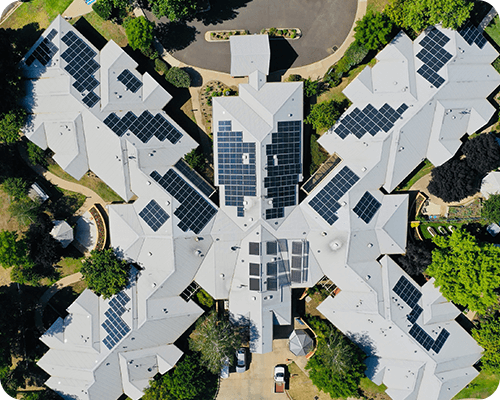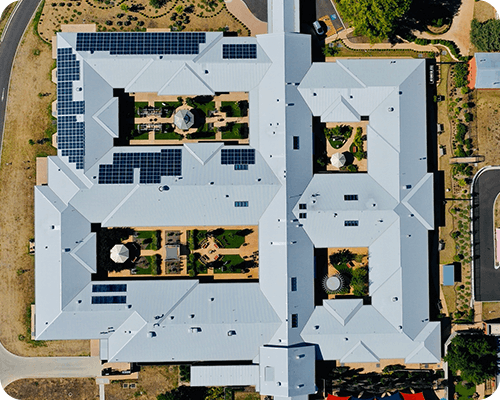
Electrical demand management refers to the practice of efficiently controlling and optimizing the use of electrical energy within a facility or organization. The primary goal of electrical demand management is to reduce peak electricity demand, minimize energy consumption during expensive peak hours, and enhance overall energy efficiency. This not only helps organizations save on energy costs but also reduces the strain on the electrical grid, leading to a more reliable and sustainable energy supply. Here are key aspects of electrical demand management:
Load Shedding:
Load shedding involves strategically reducing or shedding non-essential electrical loads during peak demand periods. This can be achieved through automated systems that temporarily shut down or reduce power to certain equipment or processes, such as HVAC systems, lighting, or industrial machinery.
Peak Demand Reduction:
Peak demand charges are often a significant portion of commercial and industrial electricity bills. Electrical demand management aims to lower peak demand by staggering the use of high-energy-consuming equipment or by using energy storage systems to supply power during peak periods.
Energy Efficiency Measures:
Implementing energy-efficient technologies and practices, such as LED lighting, energy-efficient appliances, and HVAC systems, can reduce overall energy consumption and demand. These measures help organizations use less electricity while maintaining their operations.
Demand Response Programs:
Many utilities offer demand response programs that encourage customers to reduce electricity consumption during peak demand events in exchange for financial incentives or reduced rates. Electrical demand management often involves participating in these programs to benefit from cost savings.
Energy Monitoring and Control Systems:
Installing energy monitoring systems and smart control devices allows organizations to track their electricity usage in real-time. This data can be used to identify areas for improvement and implement demand management strategies more effectively.
Renewable Energy Integration:
Incorporating renewable energy sources, such as solar panels or wind turbines, into an organization's energy mix can reduce reliance on the grid and lower electricity demand from traditional sources.
Battery Energy Storage:
Energy storage systems, like batteries, can store excess electricity during off-peak hours and release it during peak demand periods. This helps smooth out demand and reduces the need to draw power from the grid during expensive peak times.
Power Factor Correction:
Improving power factor, which measures the efficiency of electrical power usage, can reduce demand charges and improve energy efficiency. Power factor correction equipment can be used to achieve this.
Behavioral Changes:
Educating employees and occupants about energy-efficient practices and encouraging them to be mindful of energy consumption can contribute to demand management efforts.
Electrical demand management is especially important for large industrial and commercial facilities where energy costs can be substantial. ASD can assess and implement these strategies and technologies, organizations can not only reduce their energy bills but also contribute to a more sustainable and reliable electrical grid, benefiting both the environment and their bottom line.


Our Clients
Drawing on over 15 years of unrivalled experience, we have proudly installed solar solutions for an extensive array of commercial customers across Australia. Our expertise transcends industry boundaries, encompassing manufacturing, retail, hospitality, logistics, healthcare, and local government sectors. Our esteemed clients hail from a diverse spectrum, including various levels of government, public institutions, and private enterprises. Your industry, your sector—ASD is your trusted solar partner.
Our Happy Customers

Shrush


Lynne


John L


Tarnei


Vicki


Sarang


Barry


Eddie


GRAHAM


Shrush


Lynne


John L






















































